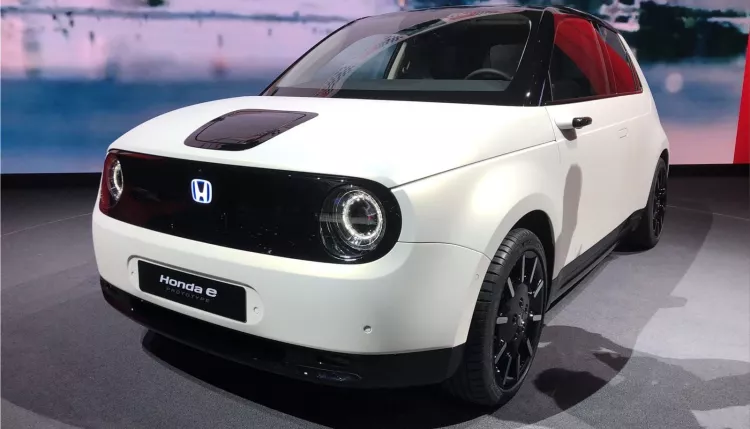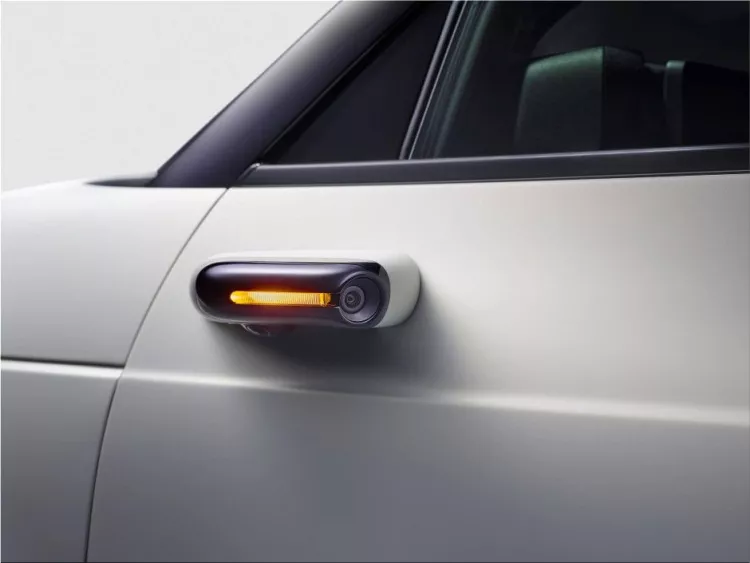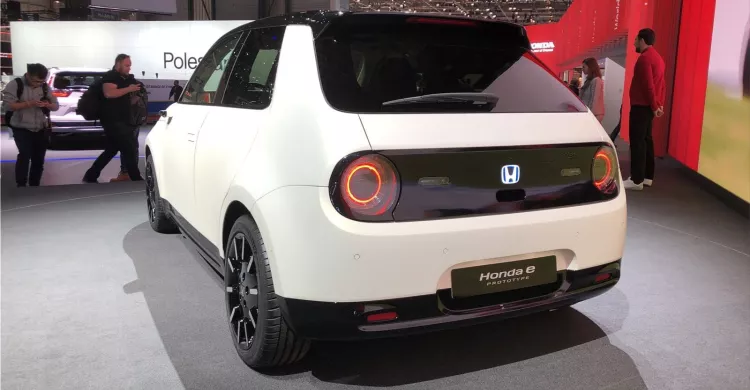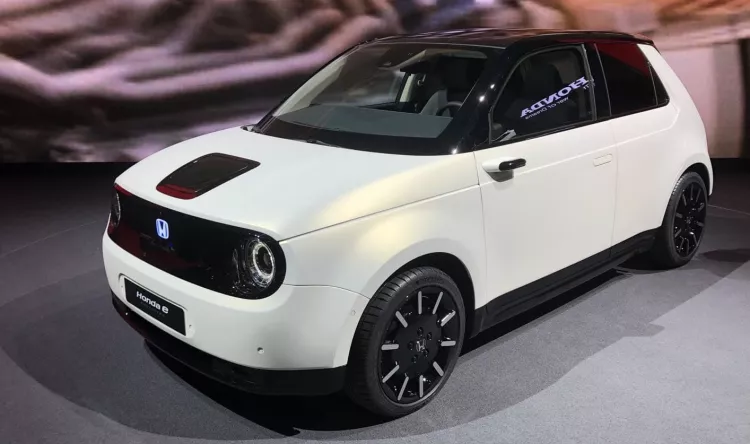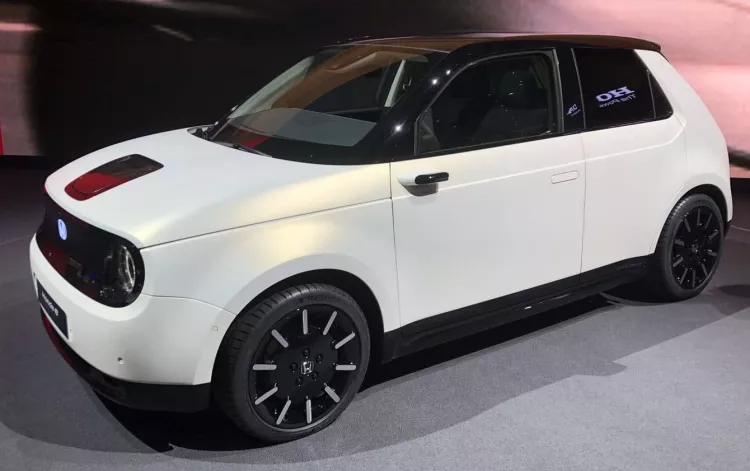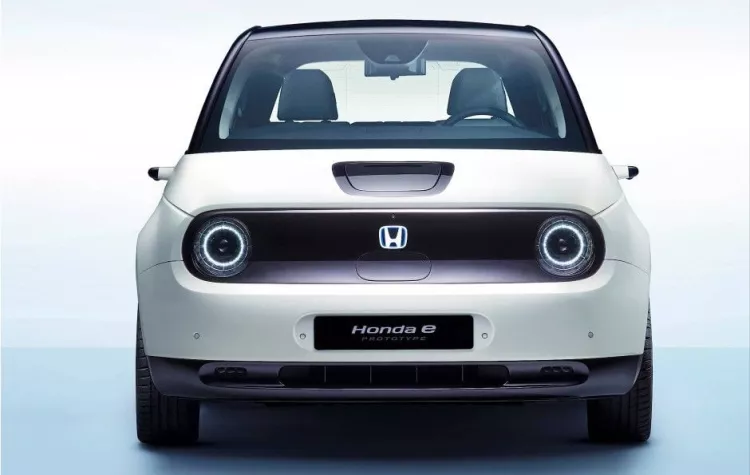The first electric car from Honda comes in early 2020. It has concealed handles, no exterior mirrors, no dashboard - and it's expensive.
Honda is currently presenting in Germany its first electric car for the European market as a prototype. The production version of the four-door small electric car, which will simply be called "e", makes its debut at the Frankfurt Motor Show in September, with the first vehicles to roll to customers in spring 2020.
The Honda e fully electric car is based on a new, specially designed for the electric drive platform and has rear-wheel drive.
With the technical details, Honda is still covered and reveals only that the electric motor of the 3.90 meter car is more than 100 hp and should provide a torque of more than 300 Newton meters. Dynamic performance and a turning radius of less than nine meters are promised.
For now, Honda sees the future of battery-powered cars only in the urban environment. Therefore, they opted for an ultra-compact car with a relatively low range (200 kilometers) compared to other manufacturers' e-vehicles.
The capacity of the batteries is 36 kWh and the power consumption is 18 to 20 kWh per 100 kilometers. The Honda e wants to appeal to young city residents. The prices, although not yet determined, will probably be more than 35,000 euros.
With a purist design in retro style, the e comes standard with two high-resolution cameras that transmit their images in real time to two six-inch screens in the interior, so no mirrors. Striking are the retractable door handles in the front doors.
The Honda e Side Camera Mirror System is a true innovation. A notable improvement on the classic car mirror, this Honda camera mirror is designed to work in all conditions and provide a new and improved experience to drivers. Watch as we explore it in more detail.
Wind noise reduction, improved drag efficiency, a reduced blind spot and a wider angle are just some of the advances we've made with the Side Camera Mirror System. This technology also enhances visibility in bad weather conditions and when driving at night, while also helping with parking.
With a wide-angle view, the driver can significantly expand his field of vision and reduce blind spots by up to 50 percent.
Also in the interior Honda goes new ways. The dashboard is replaced by three horizontally arranged, fully digital screens, which occupy the entire vehicle width together with the two monitors placed to the right and left of the camera images. The driver and front passenger have plenty of space on comfortable seats.
Honda's first electric car is charged via a charging socket placed in the bonnet. By fast charge, the batteries should be able to fill in 30 minutes up to 80%, the household socket takes the process to 100% in 8 to 10 hours. Around 5,000 copies are reserved for sale in Europe next year, of which 1,500 are for Germany alone.
By 2025, all Honda models newly sold in Europe will be equipped with an electric drive.
The Italian startup XEV has created a tiny, low-cost electric vehicle designed specifically for city driving: XEV Yoyo. The first copies of the Yoyo model is presently manufactured in Shanghai, China, and large-scale manufacturing will… Continue reading
Renault has started sales of a new generation of the all-electric Zoe 52kWh hatchback. Europeans will be the first to order their electric car at a price starting from € 20,000 (in Germany, excluding the cost of renting a battery). But they… Continue reading
Silence, a well-known urban mobility company, recognized for producing some of the most popular electric motorcycles, has chosen to venture into the realm of four wheels with an intriguing initial proposition. As a result, the new… Continue reading
Until a few years ago, there was so little talk of electric cars. Electric city cars were almost like heaven. Today, however, more and more motorists are choosing alternative mobility, as these small electric cars are simply perfect for the urban… Continue reading


